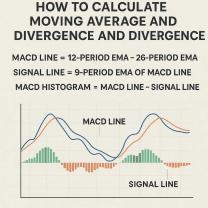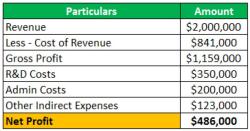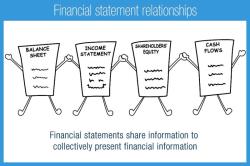What is an insurance Alliance?
An insurance alliance, also known as an insurance consortium or insurance partnership, is a collaborative arrangement between two or more insurance companies or entities within the insurance industry. The primary purpose of forming such alliances is to achieve various strategic objectives and strengthen their positions in the insurance marketplace. Here are some key aspects of insurance alliances:
Risk Sharing and Spreading: Insurance companies may form alliances to share or spread the risks associated with underwriting insurance policies. By doing so, they can collectively manage and diversify their risk portfolios, reducing the impact of large claims.
Product Development: Insurance alliances often collaborate on product development. This may involve creating new insurance products, enhancing existing ones, or expanding coverage options to meet the evolving needs of policyholders.
Geographic Expansion: Insurance companies may form alliances to expand their geographic reach. This can involve partnerships with regional or international insurers to offer coverage in areas where they do not have a strong presence.
Cost Savings: By pooling resources and sharing administrative and operational costs, insurance companies in an alliance can achieve cost savings and economies of scale. This can lead to more competitive pricing for policyholders.
Reinsurance: Insurance alliances may engage in reinsurance agreements with each other. Reinsurance involves one insurance company (the reinsurer) providing coverage to another (the ceding insurer) to help manage risk exposure and financial stability.
Market Influence: Collaboration within an alliance can enhance the market influence and bargaining power of member companies. This can be beneficial in negotiations with regulatory bodies, reinsurers, and other stakeholders.
Innovation: Alliances may promote innovation within the insurance industry. Member companies can share knowledge, data, and technology to develop advanced underwriting, claims processing, and risk assessment methods.
Compliance and Regulatory Support: Insurance companies in an alliance may work together to ensure compliance with industry regulations and standards. This collaborative effort can help maintain ethical practices and industry integrity.
Marketing and Distribution: Alliances can lead to joint marketing and distribution efforts. Member companies may cross-sell each other's products or access new distribution channels through the alliance.
Strengthening Financial Stability: In times of economic downturns or catastrophic events, insurance alliances can provide stability and support to member companies, helping them withstand financial challenges.
Insurance alliances can take various forms, ranging from loose partnerships and cooperative agreements to more structured consortiums or joint ventures. The specific goals and activities of an insurance alliance can vary widely based on the needs and strategies of the participating companies.
Overall, the formation of insurance alliances reflects the dynamic nature of the insurance industry, where companies seek opportunities to enhance their competitiveness, share risks, and provide better services to policyholders.













